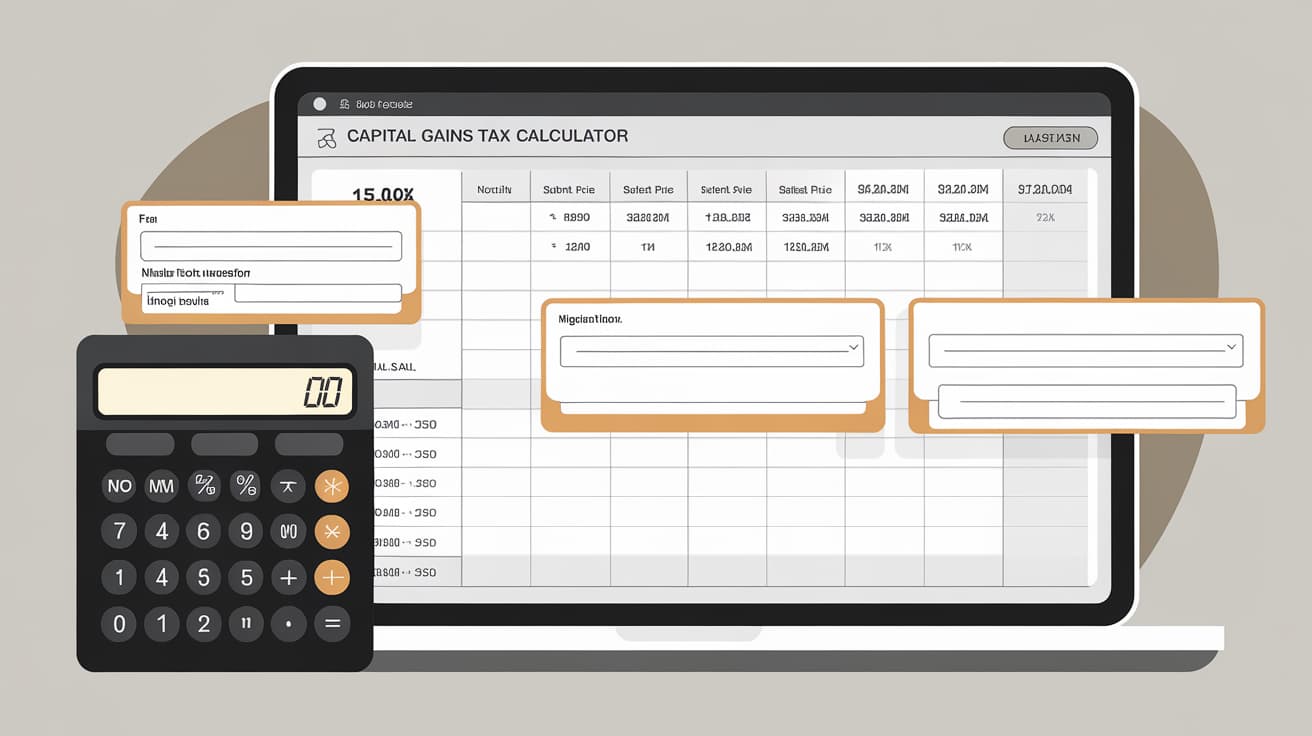
Introduction
Capital Gains Tax (CGT) is a key consideration for investors in the UK. Whether you’re dealing with shares, property, or cryptocurrency, understanding how to calculate your CGT is essential for financial planning and tax compliance. This comprehensive guide will provide expert insights on CGT calculation and introduce you to the most effective tools, including our tool, for accurate and efficient results in 2024.
What Is Capital Gains Tax in the UK?
It is the tax you pay on the profit made when you sell or dispose of an asset that has increased in value. The tax is levied on the gain, not the total sale price, and applies to various assets such as shares, property, land, and cryptocurrencies.
Understanding the basics of CGT is crucial for all investors to ensure accurate tax filings and avoid penalties.
How to Calculate CGT in the UK
Calculating process involves a few key steps. Here's a detailed breakdown to simplify it:
- Determine the sale price of the asset.
- Subtract the original purchase price (acquisition cost).
- Deduct any allowable expenses (e.g., legal fees, improvement costs).
- Apply the annual tax-free CGT allowance (currently £6,000 in 2024).
- Calculate the taxable gain and apply the applicable tax rate.
The Formula
The general formula for CGT is:Taxable Gain = (Sale Price - Acquisition Cost - Allowable Expenses) - Annual Exemption
Example: If you sell shares for £25,000, purchased them for £15,000, and incurred £1,000 in expenses, your taxable gain is:
£25,000 - £15,000 - £1,000 - £6,000 = £3,000
Capital Gains Tax Rates in the UK
The applicable CGT rate depends on your income level and the type of asset sold:
- 10% for basic rate taxpayers (shares and crypto).
- 20% for higher rate taxpayers (shares and crypto).
- 18% for basic rate taxpayers (property).
- 28% for higher rate taxpayers (property).
CGT on Property
Property sales are subject to higher CGT rates. If you sell a second home, calculate your gain by subtracting allowable expenses and the purchase price from the sale price, then apply the applicable rate.
Example: If you sell a second home for £400,000, bought it for £300,000, and spent £20,000 on improvements, your taxable gain is:
£400,000 - £300,000 - £20,000 - £6,000 = £74,000
CGT on Shares
Share transactions are taxed at standard CGT rates (10% or 20%).
CGT on Cryptocurrencies
Cryptocurrency gains are also subject to CGT. Using accurate calculator is essential for tracking and calculating your tax liability accurately.
Tips for Reducing Tax in the UK
Minimize your CGT liability with these expert tips:
- Utilize your annual tax-free allowance.
- Offset gains with capital losses.
- Consider gifting assets to family members.
- Spread gains over multiple tax years.
FAQs
- What is the Annual CGT Allowance? £6,000 for the tax year 2024.
- Do I Pay CGT on My Primary Residence? Usually, no. Primary residences are exempt under Principal Private Residence Relief.
- Are Losses Deductible? Yes, capital losses can offset gains.
Conclusion
Calculating Capital Gains Tax can be challenging, but with the right tools and understanding of the rules, you can optimize your tax liability. Leverage our free TaxCap tool for accurate results and explore ways to reduce your taxable gains effectively.